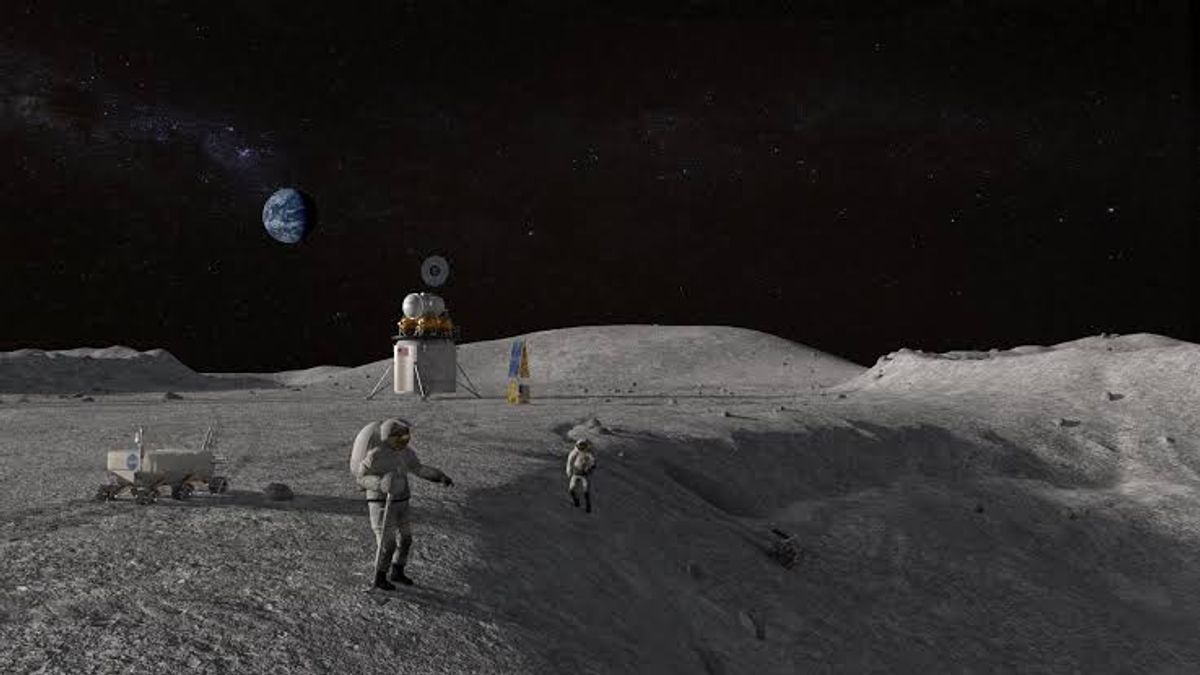JAKARTA - Not only NASA and China (CNSA), the European Space Agency (ESA) also has some ambitious plans to explore the Moon with a robotic rover.
Unlike other space agencies that are interested in the surface of the Moon, ESA has chosen caves that have tunnels beneath the surface.
Scientists believe that some visible holes on the lunar surface could lead to underground caverns, which are thought to have been created by volcanic activity long ago, hence their other name is lunar lava tubes.
The tunnel has never been explored before, but it will be a valuable opportunity to get a glimpse of how the Moon formed and other clues to its history. They could even provide cover for future human moon explorers as well.
"A view into the interior of a lunar cave will be a true exploration, it will reveal unexpected scientific information," said Francesco Sauro, cave scientist, planetary lava tube expert, and course director of two ESA projects, CAVES and PANGAEA.
However, quoting Slashgear, Thursday, March 17, for this mission, the ESA needed a new type of robot cruiser crane and drone. So the space agency has brought together more than 60 scientists and engineers to come up with ideas on how to explore these lava tubes.
ESA experts plan to use a robot crane to lower the drone into the cave to explore and map it. Missions like this have never been attempted before and will of course have many new challenges to consider. Moreover, most of the technology needed had never been used on the Moon before.
VOIR éGALEMENT:
"Missions like this will require the development of innovative technologies, encouraging the space sector to develop new solutions compared to previous lunar missions. This technological advancement will be a major step forward for the exploration of the Moon and Mars," said Sauro.
ESA plans to develop this technology over the next decade. They aim to launch missions using an Ariane 6 rocket, as early as 2033, using a lander called the European Large Logistics Lander (EL3) to carry a rover to the lunar surface.
The mission is planned to last for two weeks, which is one day on the Moon. More plans will be set at the planetary cave conference scheduled for 2023.
The English, Chinese, Japanese, Arabic, and French versions are automatically generated by the AI. So there may still be inaccuracies in translating, please always see Indonesian as our main language. (system supported by DigitalSiber.id)










